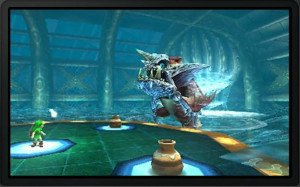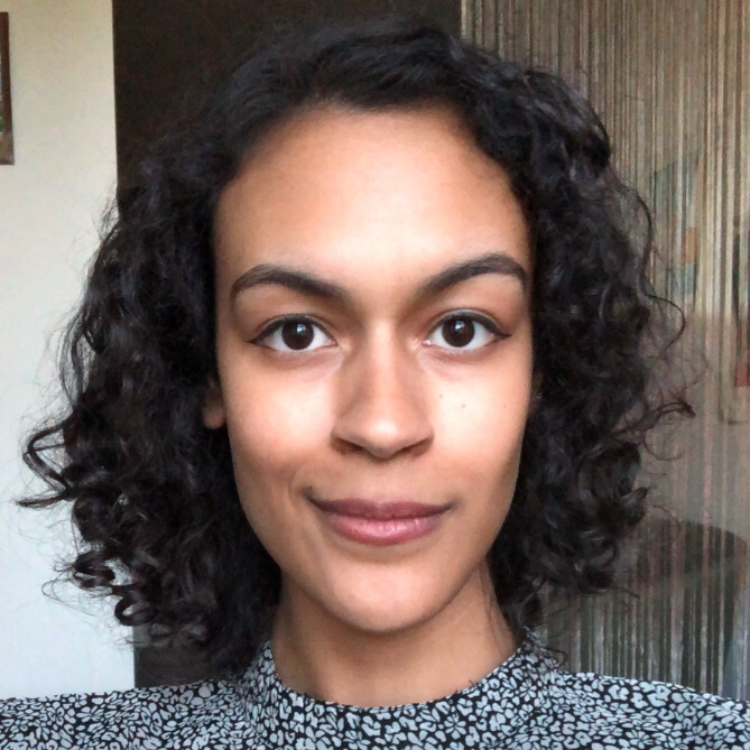Eiji Aonuma on the Process of Making a Dungeon and the Influences Behind Majora’s Side Quests
Posted on February 28 2015 by Alexis S. Anderson
 Kotaku’s Stephen Totilo recently interviewed Zelda series director Eiji Aonuma about the process of constructing dungeons in different Zelda games, as well as the rather dark mature nature of Majora’s Mask. In the interview, Aonuma talks about the different strategies and considerations for the creation of a Zelda dungeon. He also gives insight into the inspiration of the Lover’s Quest in Majora’s Mask and explains why the game strays so far from the typical Zelda atmosphere.
Kotaku’s Stephen Totilo recently interviewed Zelda series director Eiji Aonuma about the process of constructing dungeons in different Zelda games, as well as the rather dark mature nature of Majora’s Mask. In the interview, Aonuma talks about the different strategies and considerations for the creation of a Zelda dungeon. He also gives insight into the inspiration of the Lover’s Quest in Majora’s Mask and explains why the game strays so far from the typical Zelda atmosphere.
When asked about the process of creating Zelda dungeons, Aonuma replied that the gameplay of the dungeon is decided first, and then a theme is chosen to fit that style of gameplay (i.e. action, puzzle, etc). Once the theme is in place, the team thinks about what items can and should be used to interact with the environment of that dungeon. Aonuma said that has long been the process in getting the theory behind a dungeon, before moving into implementation, though the recent push for non-conventional play has lead the team to approach dungeons differently.
“Now, this is sort of like the orthodox version of how to create Zelda dungeons, but I should bring up something that’s really important to us now is that we feel it’s important to challenge the orthodoxy of the Zelda series as we’re creating new games. So while we still need to look for some themes early on, we do want to look at interesting ways to make departures from the rest,” said Aonuma.
Lastly on the subject of dungeons, Aonuma explained that their development usually isn’t just one person’s job. Though, for Ocarina of Time, Aonuma himself set up the layout of all of the dungeons and someone is usually put in charge of main dungeon development. It varies by game how much the work is divided up, and is dependant on the size of the game’s development team.
On to Majora’s Mask; just after Ocarina of Time, Aonuma knew he wanted to add some flavor the the next Zelda game, he feels that Woodfall Temple’s layout exemplified this want. In addition to new styled dungeons, Aonuma explained that the despairing tone of the game was meant to distance it from other Zelda titles.
“… in Ocarina of Time, where Ganon was threatening to destroy this world, a hero rises to oppose him. But it didn’t have that same sort of tone [as in Majora’s Mask]. It was more a hero story there. In [Majora’s] case, we’re looking at a slightly different way to tell that, which is that the sadness of this world can also raise a hero,” said Aonuma in response to why Majora’s Mask is so sad.
Aonuma said Majora’s Mask was purposely tailored for a slightly older crowd than Ocarina of Time had been, and that this influenced even its side quests– Anju and Kafei’s quest in particular. The idea for this quest came about when Aonuma was at a staff member’s wedding party, and he thought that it was something rarely seen in video games; he figured he could have the wedding planned but a cataclysmic event occur three days before, making the quest all the more impactful.
Totilo remarked that the quest was more involved and complex than others, to which Aonuma replied, “…we knew that we wanted to age up the themes of the events a little bit and get into a slightly more adult feeling drama moment here and there. And so I think as a natural outcome of that you end up with slightly more difficult to understand sequences. And slightly more mature themes coming out along the way.”
Aonuma admitted that the theme didn’t come across easily enough for some, so he was very happy to remedy that with the improved Bomber’s Notebook in Majora’s Mask 3D. Were you interested to hear the process of creating Zelda dungeons? Does knowing the background of the Lover’s Quest add more depth to the story? Let us know in the comments!
Source: Kotaku

Alexis S. Anderson is a Senior Editor at Zelda Dungeon who joined the writing team in November, 2014. She has a JD from the UCLA School of Law and is pursuing a career in Entertainment and Intellectual Property Law. She grew up in the New Jersey suburbs with her parents, twin brother, and family shih-tzu.



